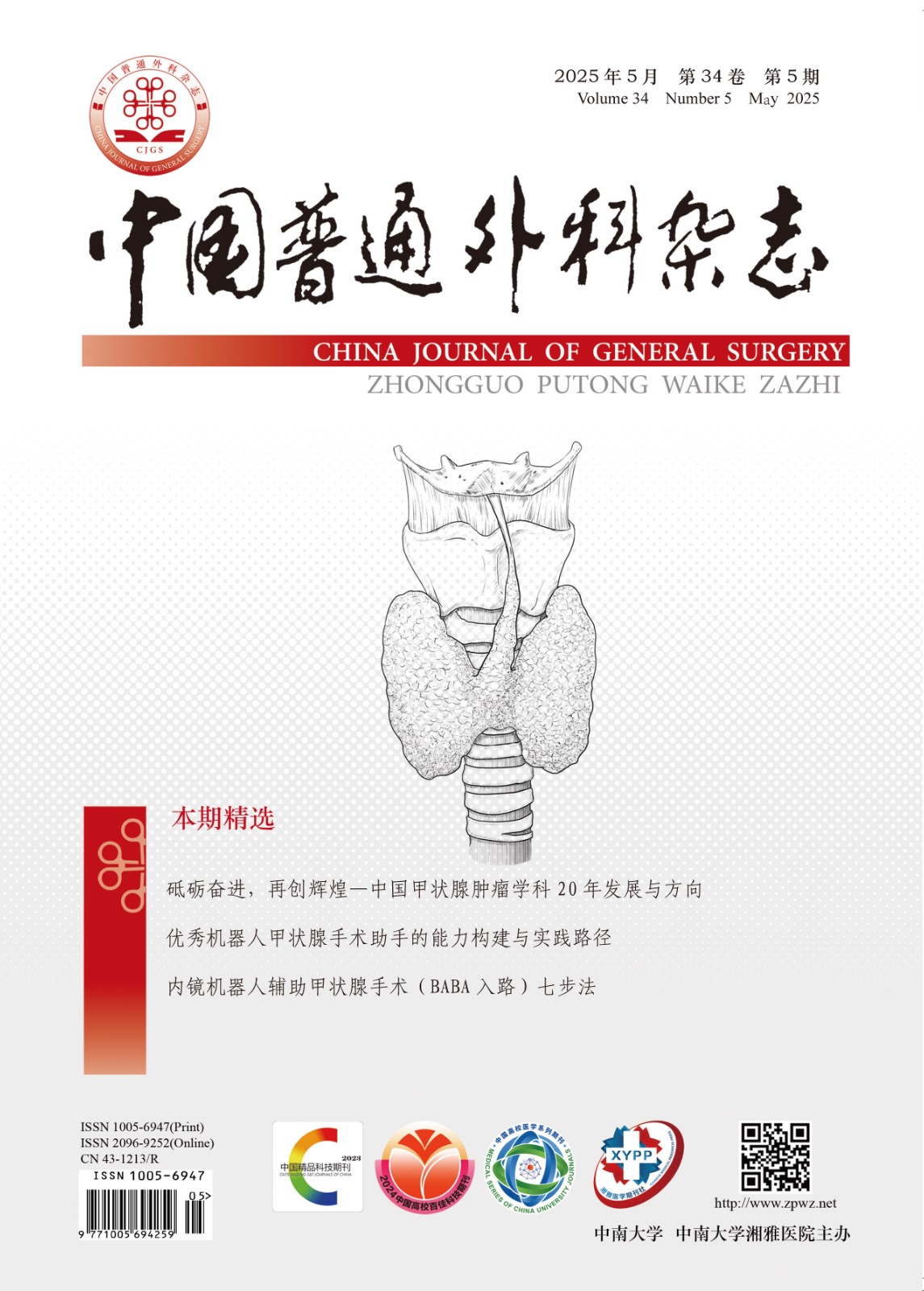Abstract:
Objective:To explore the protective mechanisms of terlipressin on small-for-size livers in the early phase after major hepatectomy.
Methods:The rat model of major hepatectomy(90%) with Pringle maneuver for 30 minutes was used for the study. A total of 60 rats were randomly categorized into 2 groups: Thirty rats in group T(Terlipressin group) and 30 in group C(control group). Five observation time points of 30min, 2h, 4h, 6h and 24h posthepatectomy after reperfusion were designed. A total of 10 subgroups, which were named T1/2, T2, T4, T6,T24 and C1/2, C2, C4, C6, C24 in terms of different time points and groups, were studied. Every subgroup consisted of 6 rats. Samples were collected from every subgroup. Blood samples were obtained for alanine transaminase, aspartate transaminase and total bilirubin determination. Fresh frozen specimens of remnant liver were collected for RT-PCR detection of intrahepatic A20 and iNOS expression at mRNA levels. Paraffin sections of remnant liver were used for HE staining and then observed for morphological changes microscopically. Intracellular expression of endothelin-1(ET-1), A20 and iNOS were detected by histochemical staining. In situ cell death by TUNEL was also used for detection of apoptosis.
Results:AST, ALT and TBil reached their peak levels at 24 hours after reperfusion in each group.The above 3 parameters were significantly reduced in subgroup T6 and T24 compared to subgroup C6 and C24 (all P<0.01). RT-PCR showed that except the time point of 30min after reperfusion, A20 expression was upregulated at all of the other time points in group Ts, overexpression was observed in subgroup T2 compared to group C(P<0.05). The expression of iNOS was down-regulated in group Ts as detected by RT-PCR; and on the contrary, it was upregulated in group Cs, overexpression was observed in sub group C2 compared to group T2 (P<0.05). Microscopic observation showed that the morphological changes of remnant liver in group T at every time point was markedly milder than that in group C. The apoptosis index in subgroup C6 was significantly higher than that in subgroup T6(P<0.05). Histochemical staining showed that A20 expression was stronger at subgroup T2,T4 and T6 compared to subgroup C2,C4 and C6.There was no marked difference of A20 expression at 24h after reperfusion in both groups. ET-1 was markedly down-regulated in subgroup T24 compared to C24(P<0.05). The iNOS expression was down-regulated in subgroup T24 compared to subgroup C24(P<0.05).
Conclusions:Terlipressin can effectively improve small-for-size liver function in the early posthepatectomy phase after reperfusion. It can also inhibit the early inflammatory response. Hepatocyte apoptosis is attenuated by terlipressin. Terlipressin is also supposed to ameliorate sinusoidal mechanical injury and hence, to help stabilize microcirculatory homeostasis.

